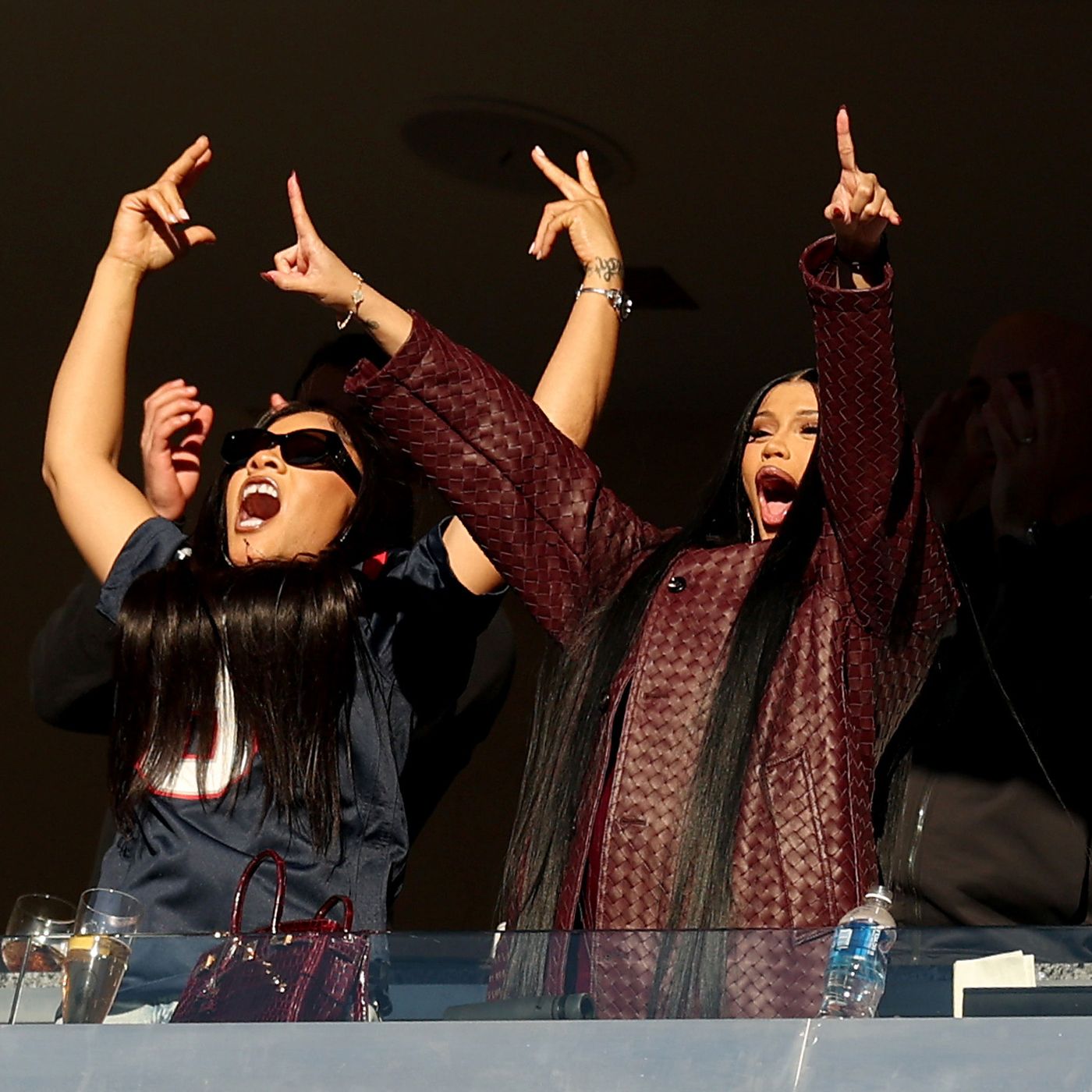What makes Vivienne Westwood seen as a pioneer?
Vivienne Westwood is recognized as a pivotal and groundbreaking figure in the history of fashion. Her impact transcends garment design, affecting cultural, social, and political domains. Westwood’s path from an unconventional maverick in London’s punk world to a world-renowned designer is truly transformative. Her forward-thinking creativity, along with her continuous challenge to societal conventions, solidified her avant-garde legacy.
Beginnings of a Fashion Innovator
Vivienne Westwood made her debut in the fashion world during the 1970s, a period defined by political unrest, youthful rebellion, and the dynamic rise of punk rock. Her collaboration with Malcolm McLaren, who managed the Sex Pistols, led to the creation of the iconic store located at 430 King’s Road. Initially named Let It Rock, it later evolved into SEX, Seditionaries, and several other versions. This boutique was not merely a store; it served as a center for revolutionary counterculture that transformed streetwear, carrying a strong anti-establishment ethos.
Westwood’s initial creations were intentionally provocative. She took authoritative symbols, like safety pins, tartan patterns, and bondage attire, and gave them a new twist. These decisions went beyond just looks—they represented acts of defiance, pushing society to face its beliefs and taboos. The outfits questioned traditional gender roles and embraced a type of personal expression that the mainstream typically disapproved of.
Pioneering Punk and Changing Aesthetics
Prior to Westwood, fashion often served to reinforce social order and respectability. Westwood, by contrast, employed clothing as a weapon against mediocrity and oppression. She pioneered the “destroy” look: ripped fabrics, slogans emblazoned on T-shirts, and mismatched patterns that visually assaulted the status quo. Her 1976 “Anarchy Shirt,” for example, combined iconography from fascist uniforms with sexually provocative imagery, compelling viewers to question dogma and authority.
This audacity established Westwood as the principal architect of punk style—a look later co-opted by commercial culture but never stripped of its original insurgent spirit. Young people everywhere adopted her irreverent apparel, channeling their discontent through fashion. What set her apart, however, was the intellectualism she wove into her creations; every stitch carried historical, political, or philosophical meaning.
Transforming the Apparel Sector
Westwood’s revolution extended into the very fabric of fashion as an industry. She broke the mold of Parisian haute couture by transplanting the center of creative gravity to London. The collection she mounted in 1981, titled “Pirate,” signaled a new era of British fashion independence. Her unorthodox use of historical references—including eighteenth-century corsets, crinolines, kilts, and Harris Tweed—upended contemporary values about taste and propriety.
Through the process of breaking down and creatively reassembling, Westwood enlightened a fresh audience on the fashion lexicon. She mixed punk with romantic flair, merged Victorian influences with modern style, and melded rebellion with convention, challenging the lines between “good” and “bad” taste. Her unconventional inspirations included art, philosophy, and humor, with one instance being her take on François Boucher’s “Daphnis and Chloe” for the Spring/Summer 1990 lineup.
Fashion brands globally observed with interest. The impact of Westwood is noticeable in the creations of subsequent designers like John Galliano, Alexander McQueen, and Rei Kawakubo, who also challenge traditional norms and surprise.
Political Activism and Sustainability
A unique feature of Westwood’s transformation is her advocacy. She has used her influence to support ecological initiatives, critique consumerism, and promote social justice. Distinct from other designers, Westwood speaks openly about the necessity for fundamental reforms in the fashion sector, especially in relation to its ecological consequences. She fosters the idea of minimizing consumption and encourages admirers to purchase fewer items, but with superior quality—a concept prominently displayed on her clothing.
Westwood’s activism is closely linked to her artistic creations. She organizes attention-grabbing runway events, infusing the fashion industry’s extravagant display with impactful social commentaries, and works alongside groups such as Greenpeace. Her “Climate Revolution” initiative turned into a call to action at London Fashion Week, showcasing that fashion can be both aesthetically pleasing and a means for societal change.
Gender and Identity
The influence of Vivienne Westwood also involves breaking down gender conventions. Her creations regularly challenge standard gender divisions by promoting men to consider wearing skirts, women to try wearing power suits, and everyone to question the distinctions between masculinity and femininity. Her bold reimaginings of traditional attire—schoolboy blazers tailored for women, military styles reconfigured for everyone—question established ideas of sexuality and identity.
Using theatrical runway presentations and diverse casting, Westwood has advocated for body inclusion, featuring older models and individuals who broaden the conventional concept of beauty. Her work is fundamentally driven by a democratic spirit: regardless of body type, age, or gender, embracing one’s uniqueness can be a form of revolution.
Enduring Cultural Impact
The influence of Westwood’s designs goes well beyond the fashion shows. Figures like Madonna, Chrissie Hynde, and Rihanna have worn her pieces, spreading their rebellious essence through music, cinema, and visual arts. The emblematic orb symbol—a blend of the coronation orb with Saturn’s rings—has come to represent avant-garde elegance and the merging of different times and styles.
Prominent museums like the Victoria and Albert Museum in London and the Metropolitan Museum of Art in New York have showcased Westwood’s creations in notable exhibitions, highlighting their dual role as art and historical artifacts. Scholarly research examines her work through the perspectives of feminist theory, cultural studies, and critical design.
Summary
Vivienne Westwood’s groundbreaking impact originates from her constant challenging of the status quo and her unwavering look ahead. By using fashion to express opinions, engaging boldly in social causes, and aiming to reshape the standards of style, she transformed the core of the fashion world and motivated innovators in various fields. Her lasting influence extends beyond her creations, encouraging others to question the norm—and supporting the idea that transformation in any sector starts with rejecting the boundaries of what is considered achievable.

.jpg)
